内置百叶中空玻璃——利日遮阳
有那么一种玻璃,评价尤其毁誉参半,喜欢的人喜欢的不得了,不喜欢的人觉得既麻烦,又费钱,都是缺点,它就是内置百叶中空玻璃。01、什么是内置百叶中空玻璃 ...
查看详情立即咨询

许鹏 教授 博士 博导
机械工程学院
Peng Xu Professor, PhD, PE, MBA
College of Mechanical Engineering
建筑遮阳和日光照明
Building shading and daylighting control
幻灯片1
Contents
内容纲要
Importance of shading control and daylighting 遮阳和自然采光的重要性
Shading strategies 常见遮阳策略
Day lighting and building envelope 日光照明与建筑立面
Sample projects and successful stories 成功案例
Software 计算软件
幻灯片2
What is the pain?
Windows, architecture love them, occupants love them. They are modern, stylish, provide better view, easy to build, easy to maintain
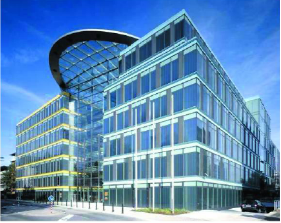
Office
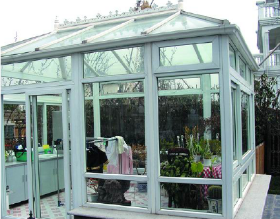
Residential
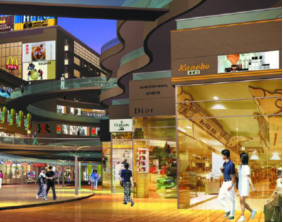
Small commercials
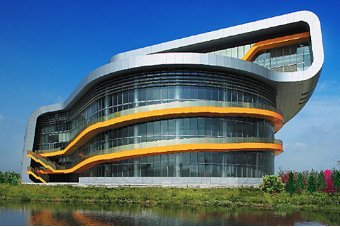
Public buildings
幻灯片3
What is the pain?
But engineers hate them, regulators do not want them, because they are wasting energy
In winter, wall insulation value is about 10 times higher than that of conventional windows. Therefore, buildings in co ld climate can only have small windows
In summer, direct solar heat gain accounts for more than 50% of cooling load
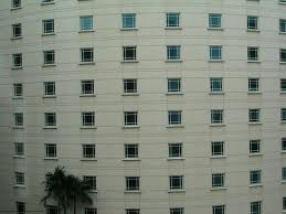
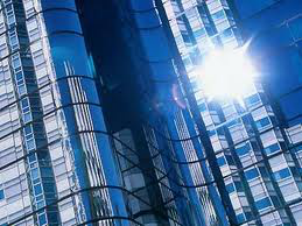
Building codes all over the world are using description or energy budget method to regulate the window to wall ratio
幻灯片4
Low-energy intensity design and windows
Windows are more important than any other building components in term of energy impact
In cold climate, more than 50% heat loss are through windows
In hot climate, direct solar heat gain is about 1/3 of cooling load
Lighting energy consumption is more than heating and cooling combined in commercial buildings
幻灯片5
Low-energy intensity design and windows
Air conditioning peak load analysis in summer
50% of building envelope load are caused by windows
Window shading in summer and window insulation in winter are two critical issues
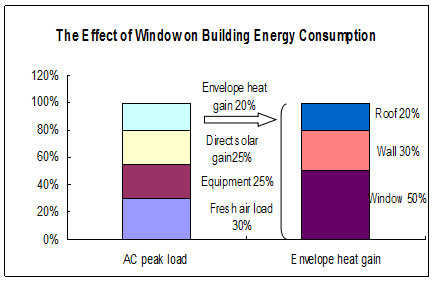
幻灯片6
Energy survey results
Year of Built, Government office building built at different years
Year of built | Shang-hai | Wuhan | Shen-zhen | Fuzhou | Chongqing | Total | |
Average Annual Electricity Use (kWh/m2) | 1950 | 40.9 | 73.2 | 57.1 | |||
1970s or before | 73.8 | 65.8 | 72.7 | ||||
1980-1990s | 125.4 | 67.5 | 67.5 | 70.7 | |||
2000s | 138.2 | 66.8 | 53.7 | 66.2 | |||
Unknown | 62.8 | 59.5 | 61.1 | ||||
All | 135.0 | 62.8 | 59.5 | 68.0 | 58.6 | 66.3 | |
Maximum Annual Electricity Use (kWh/m2) | 1950 | 52.6 | 78.2 | 78.2 | |||
1970s or before | 138.4 | 87.1 | 138.4 | ||||
1980-1990s | 125.4 | 128.4 | 95.7 | 128.4 | |||
2000s | 205.0 | 248.2 | 121.5 | 248.2 | |||
Unknown | 73.4 | 105.0 | 105.0 | ||||
All | 205.0 | 73.4 | 105.0 | 248.2 | 121.5 | 248.2 | |
Minimum Annual Electricity Use (kWh/m2) | 1950 | 29.2 | 68.2 | 29.2 | |||
1970s or before | 15.7 | 44.5 | 15.7 | ||||
1980-1990s | 125.4 | 21.4 | 42.0 | 21.4 | |||
2000s | 104.7 | 19.2 | 5.1 | 5.1 | |||
Unknown | 47.3 | 30.0 | 30.0 | ||||
All | 104.7 | 47.3 | 30.0 | 15.7 | 5.1 | 5.1 | |
Sample size | 1950 | 2 | 2 | 4 | |||
1970s or before | 13 | 2 | 15 | ||||
1980-1990s | 1 | 12 | 5 | 18 | |||
2000s | 3 | 14 | 18 | 35 | |||
Unknown | 12 | 13 | 25 | ||||
All | 4 | 12 | 13 | 41 | 27 | 97 |
幻灯片7
Energy survey results
Worst energy intensity buildings get worse and worse
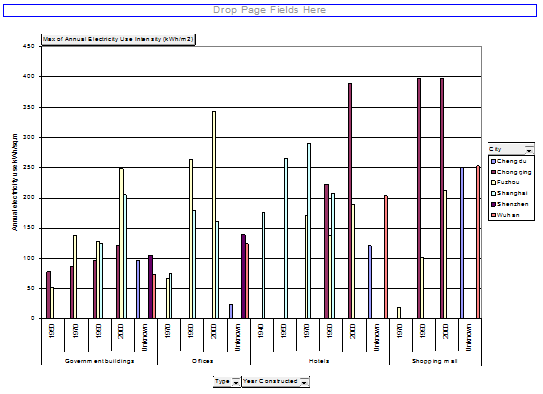
幻灯片8
Misunderstanding of windows
The smaller the better, control Window to Wall Ratio
East and West facades are same
Small north facing windows
Size matters, height does not
Window is fixed
Blinds are interior design jobs, nothing to do with energy
Mis-concept today
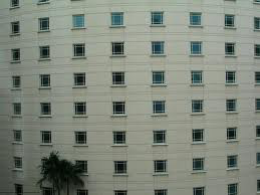
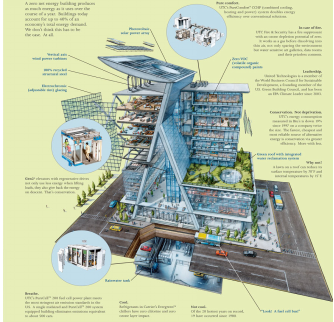
Low energy intensity buildings
幻灯片9
Contents
内容纲要
Importance of shading control and daylighting 遮阳和自然采光的重要性
Shading strategies 常见遮阳策略
Day lighting and building envelope 日光照明与建筑立面
Sample projects and successful stories 成功案例
幻灯片10
Heat flux through the window
The major flux is direct solar beam in summer
In winter, heat loss is the biggest problem
Second transfer is important
Tint glass is not very useful
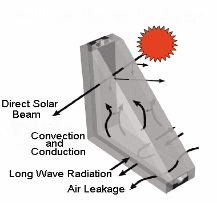
幻灯片11
Window and shading design principles
Use exterior shading, or shading in between glasses, internal shading is useless
Design the building to shade itself
Use a horizontal form for south windows
Maximizing windows in north
Recessed windows, somewhat useful on the east
Use a vertical form on east and west windows.
Give west and south windows shading priority. East is not important
The shade’s color modifies light and heat.
Movable shading is better than fixed shade. Use movable devices if budget is allowed
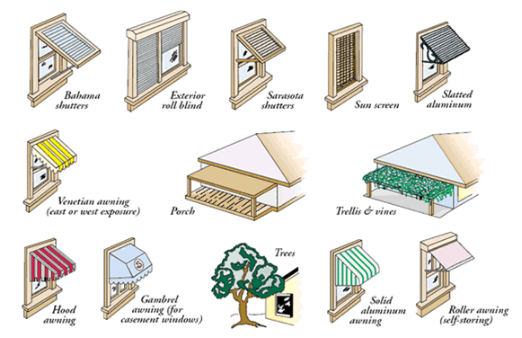
幻灯片12
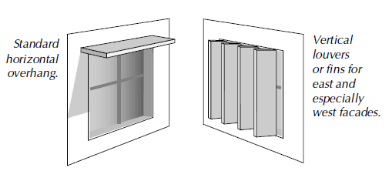
West shading is hardest, vertical louvers sometimes not working
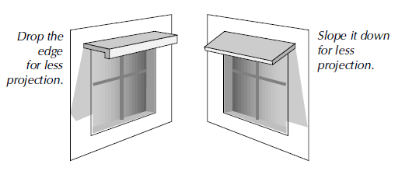
Ways to reduce overhang size
幻灯片13
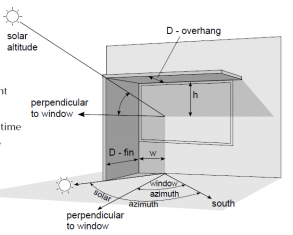


幻灯片14
Reducing the size of overhang furthermore
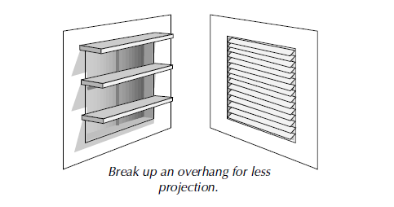
Allow lighting to come in
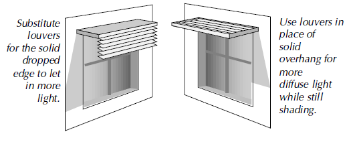
幻灯片15
Design shading for glare relief as well. Use
exterior shading to reduce glare by partially
blocking occupants’ view of the too-bright sky.
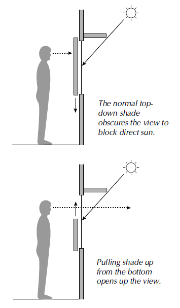
幻灯片16
Practical problems
From thermal point of view, exterior shading systems are perhaps one good
solution, because direct solar radiation is completely blocked outside of buildings.
However, it has the following shortcomings:
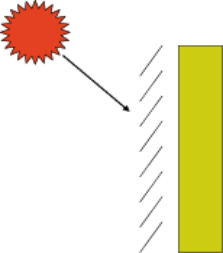
Dirt accumulation on blades, negative effects on building appearance
Poor reliability. Actuators and mechanical systems are prone to failure due to exposure to wind, sun and rain.
Difficult to repair.
Visually unattractive.
To avoid glare, blades are typically shut off in winter and useful solar heat is blocked too
幻灯片17
Interior shading system
Interior shading systems overcome the shortcomings of exterior shading systems,
but on the thermal side, they are not as effectively as exterior shading. Although
solar radiation is blocked, solar heat are retained indoor in summer. Beyond that,
other shortcomings include:
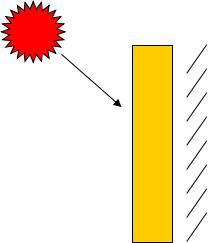
Need to be cleaned and maintained regularly
Prone to damage. Furniture moving, indoor activities will inevitably damage the shutter.
No automatic adjustment. Interior blinds are left open or closed as they were, till someone feels discomfort with the glare.
幻灯片18
Double facades with ventilation
Ventilated double facades with shading in between are better than interior and
exterior shading system. However, they have several drawbacks:
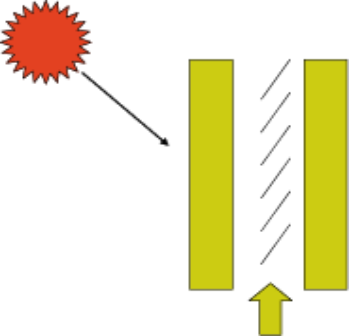
Ventilated fa?ade still have dirt problem. Dirt accumulated in-between the fa?ade is hard to clean
Interior recycling ventilated double fa? ades are useless thermal dynamically, because all the heat is still trapped indoor.
High cost. Need two layers of window systems. Double the building cost.
幻灯片19
Shading in between the glasses, dynamic facade
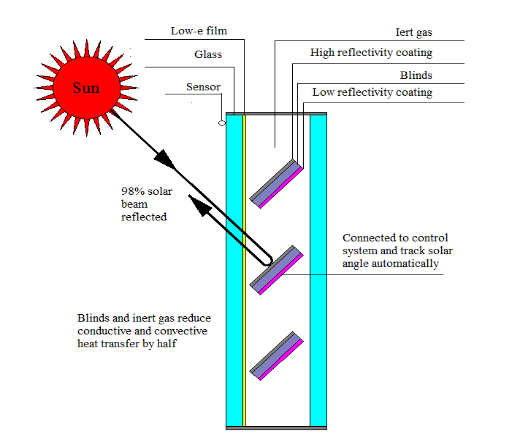
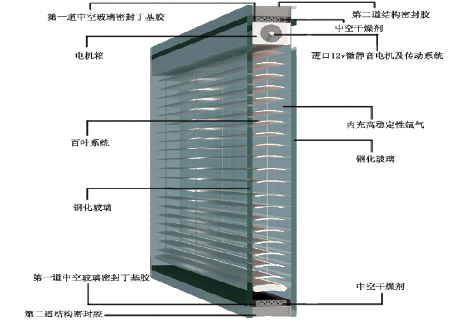
幻灯片20
Contents
内容纲要
Importance of shading control and daylighting 遮阳和自然采光的重要性
Shading strategies 常见遮阳策略
Day lighting and building envelope 日光照明与建筑立面
Sample projects and successful stories 成功案例
幻灯片21
Day lighting is untapped energy source in buildings
Natural lighting is free
Natural lighting release less heat than artificial lighting, even with ventilated fixtures
Lighting is on all four seasons
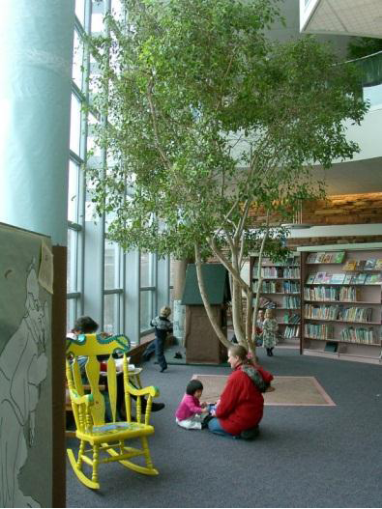
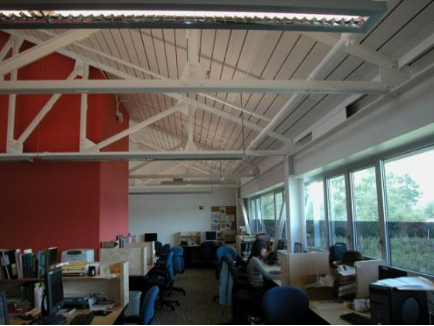
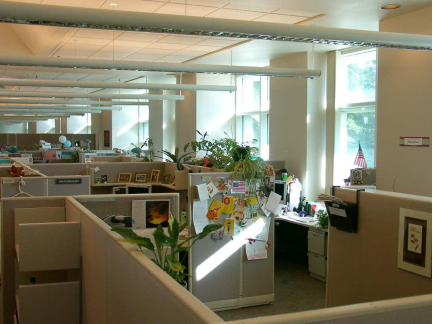
幻灯片22
Day lighting saving potentials
Adding photo-controls
0.62 kWh/sf-yr of office SF
14.6% of 4.24 kWh/sf-yr (average interior lighting energy use)
2.11 kWh/sf-yr in primary daylit zone
53.5% of 4.24 kWh/sf-yr (average interior lighting energy use)
35% of office space sf in daylit area
Market size
Office spaces with windows, 67%- 3,578 day lit office spaces
Net window-to-wall ratios, 38% average for office buildings
幻灯片23
Day lighting and building envelope
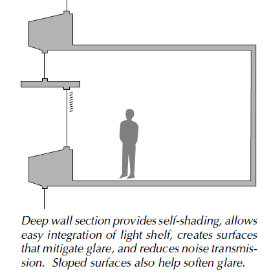
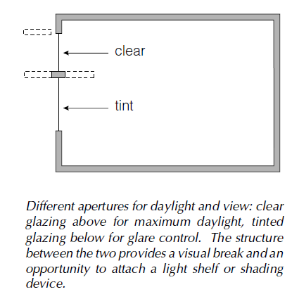
幻灯片24
Day lighting and building envelope
Adding a light shelf increase savings
About 5% increase in savings
Reducing furniture partition heights increase savings
About 10-14% depending on partition heights
Increase interior reflectance
About 15% depending on interior reflectance
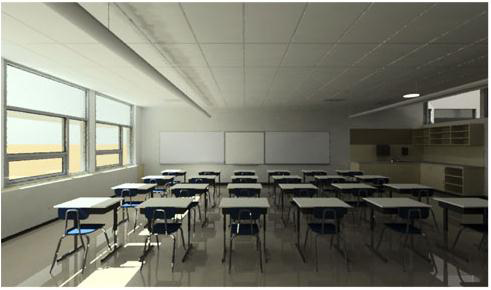
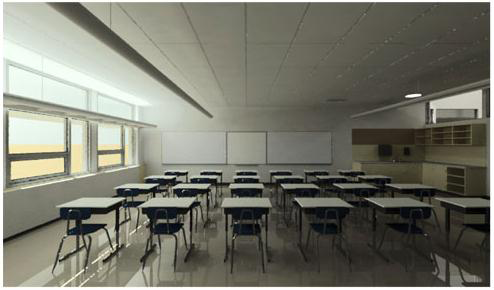
幻灯片25
Day lighting and building envelope
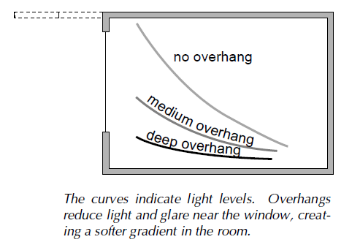
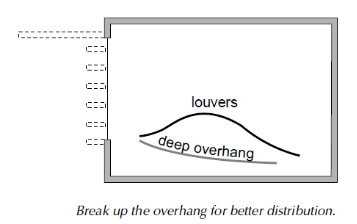
幻灯片26
Day lighting and building envelope
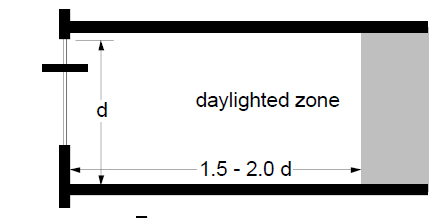
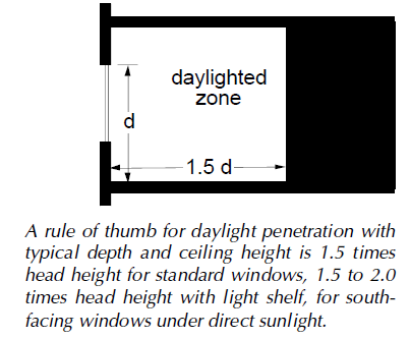
幻灯片27
Day lighting and building envelope
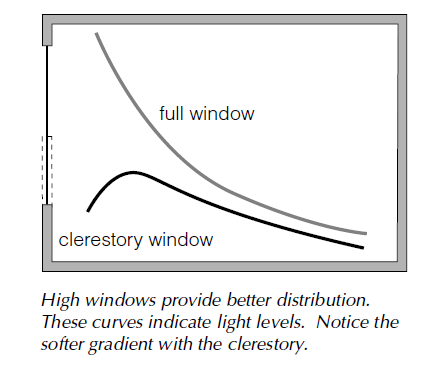
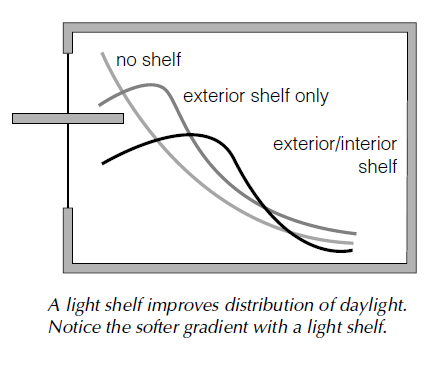
幻灯片28
Day lighting and building envelope
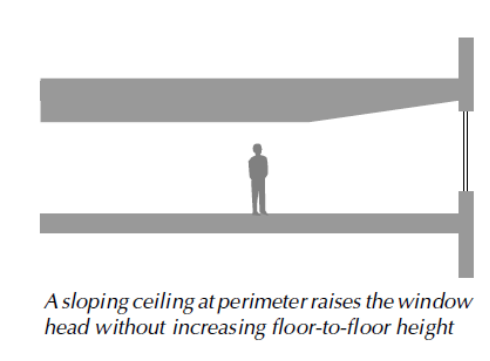
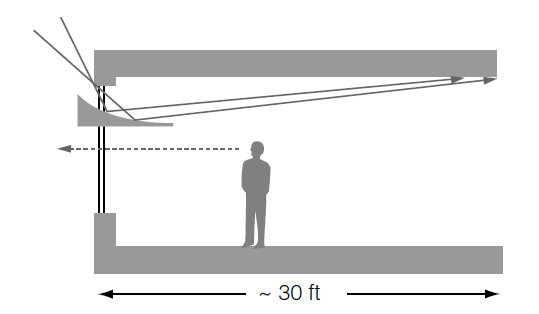
幻灯片29
Day lighting and building envelope
Building Form and Skin
• Increase exposure to daylight. High skin-to-volume- ratio, the greater percentage of floor space available for daylighting
• Shape building for self-shading
• Take a deep facade approach
• Balance daylight admittance
• Keep private offices somewhat shallow
幻灯片30
Day lighting and building envelope
Windows
• The higher the window, the deeper the daylighting zone. The practical depth of a daylighted zone is typically limited to 1.5 times the window head height. With a reflective light shelf, this zone may be extended up to 2.5 times the head h eight
• Strip windows provide more uniform daylight.
• Large windows require more control.
• Size the windows and select glazing at the same time.
• Keep occupants away from large areas of single-pane glass.
• Use separate apertures for view and daylight.
• Position windows to direct light onto the ceiling.
• Introduce more light-colored surfaces for good distribution.
幻灯片31
Window design to maximize daylighting
Incorporate shading elements with windows
• Use horizontal window shapes
• Place view windows wisely.
• Locate windows near room surfaces (beams, walls) for good distribution— these surfaces help reflect and redistribute daylight.
• Windows on every orientation
- North: High quality consistent daylight with minimal
heat gains, but thermal loss during heating
conditions and associated comfort problems.
- South: Good access to strong illumination (the
original source), although varies through the day.
Shading is “easy”.
- East and West: Shading is difficult. Shading is
critical for comfort on both sides and heat gain too,
especially on the west. Windows facing generally
north and south create the fewest problems.
• Don’t waste glazing area where it can’t be seen
幻灯片32
Blinds matters!
90% of buildings have operable fenestration controls, blinds, shades, louvers, curtains

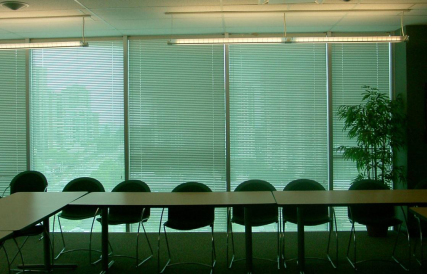
幻灯片33
Daylighting simulation examples
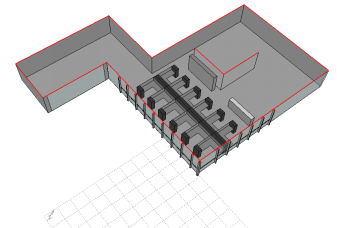
幻灯片34
Blinds day lighting simulation
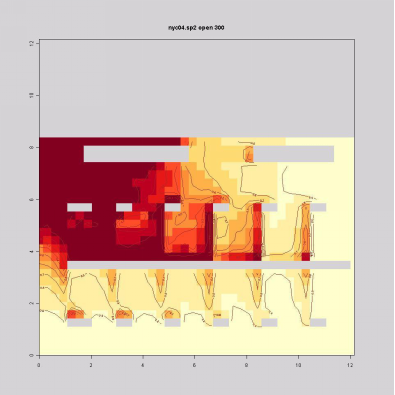
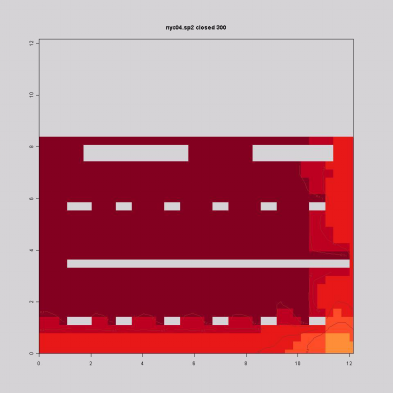
幻灯片35
Automated blinds control
Raised for hours when there is no direct sun, lowered for hours when there is direct sun
Blinds are at 45 deg angle to block direct sun
Representative of a fully automated system
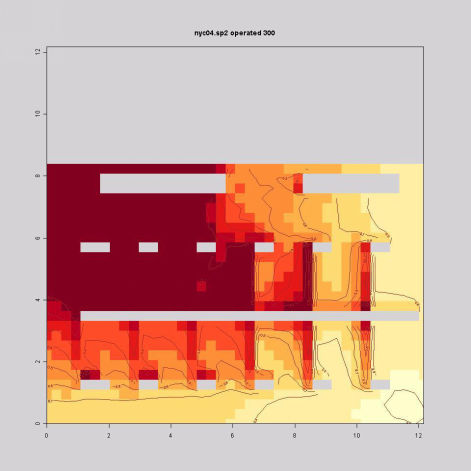
幻灯片36
Blinds control is an energy saving gold mine
Blinds retrofits
They are easy to improve
Scope of design and product improvement
Daylighting optimized blinds
Blinds manufacturers don’t know the potential of their product for daylighting savings
Everyone is focus on HVAC savings
Just like glass/windows forget they are making a daylighting products
Low cost retrofit item
幻灯片37
Split blinds, no cost ideas
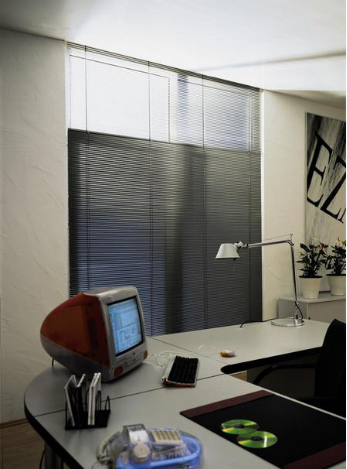
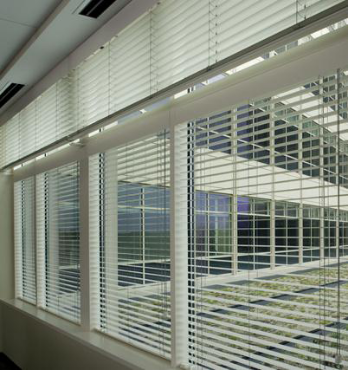
幻灯片38
Separate the window functions with different operation schedules
Daylight windows provide:
Seasonal adjustment for solar redirection
View windows provide:
Occupant daily or hourly control for glare
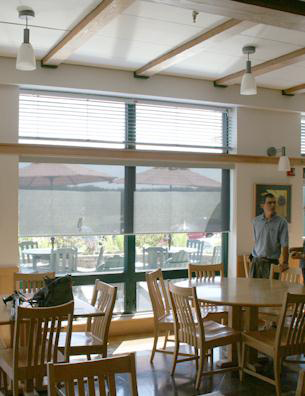
幻灯片39
Reflective louvers acts as light shelf
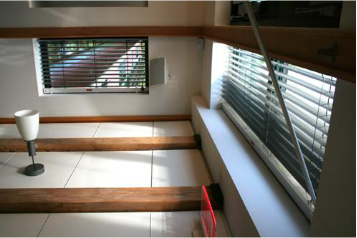
幻灯片40
Automated blinds retrofit options
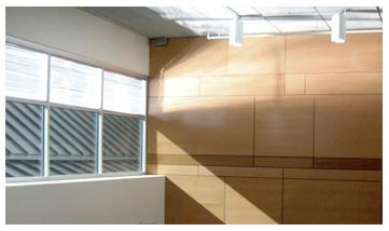
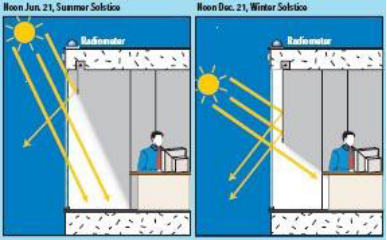
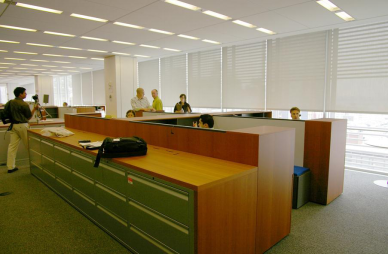
幻灯片41
Successful examples
Genzyme Building
Automated reflective blinds
All facades operated to produce uniform daylighting
Archiving persistent savings
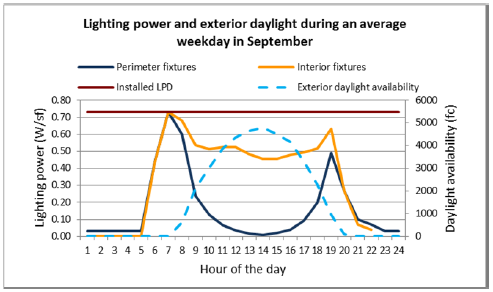

幻灯片42
Real picture of daylighting control
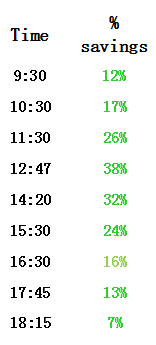
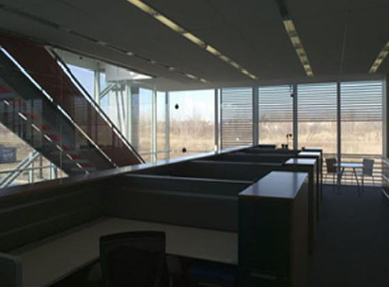
幻灯片43

有那么一种玻璃,评价尤其毁誉参半,喜欢的人喜欢的不得了,不喜欢的人觉得既麻烦,又费钱,都是缺点,它就是内置百叶中空玻璃。01、什么是内置百叶中空玻璃 ...
查看详情立即咨询
传真:0510-85301717
邮箱:904565950@qq.com
地址:江苏省无锡市新吴区硕放街道香楠一路10号